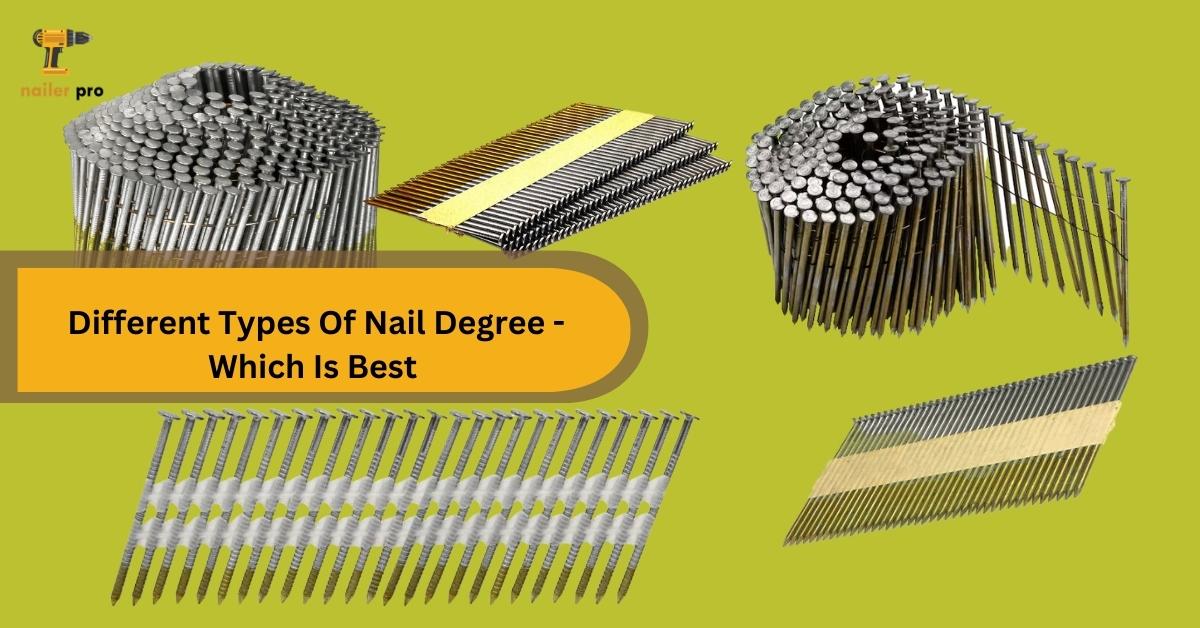A nailer is a powerful and essential tool in construction and carpentry. It is intended for driving huge nails fast and effectively into a variety of materials. When considering which degree is best, it is essential to understand the effect of the angle of the nailer. It is also necessary to understand the different types of degrees. I think you would like to know Different Types Of Nail Degree.
In this article I will explore different types of nail degrees and their activities. I will also explore which degree is best for framing nailers. If you want to know more please read this article
Different Types Of Nail Degrees
Sure, here are some different types of nail degrees commonly used in nailers:
21-degree nails: These nails are nailed at a 21-degree angle. They are commonly used in making nails. They have a full-round head. Perfect for heavy-duty framing and sheathing projects due to their high holding capacity.
30-degree nails: Nails angled at a 30-degree angle are also commonly used in nailers. They have an offset rounded head. They are ideal for general framing and fastening applications. The 30-degree collation allows for a more compact magazine design on nailers.
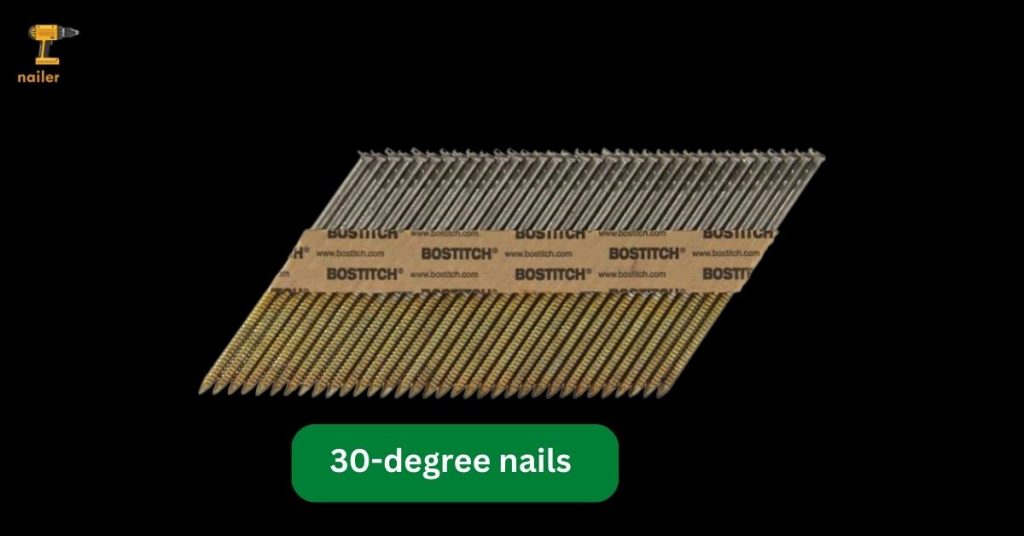
28-degree nails: These nails are nailed at a 28-degree angle. It is commonly use in wire coil framing nailers. They have a clipped head design. This means part of the head is removed, resulting in a smaller and more efficient nail attachment.
34-degree nails: Fin nailers often use nails angled at a 34-degree angle. They are suitable for interior and exterior finishing work. For example:
- Baseboard
- Crown molding
- Trim Installation.
15-degree nails: These nails are nailed at a 15-degree angle. It is commonly use in coil siding nailers. They are designed for bonding siding materials and other exterior applications.
16-degree nails: Nails nailed at a 16-degree angle are used in coil framing nailers. They have a 28-degree nail-like clipped head design. It is also suitable for various framing jobs.
33-degree nails: These nails are nailed at a 33-degree angle. These are commonly use on paper tape framing nailers. They have a clipped head. Suitable for framing, sheathing and other construction applications.
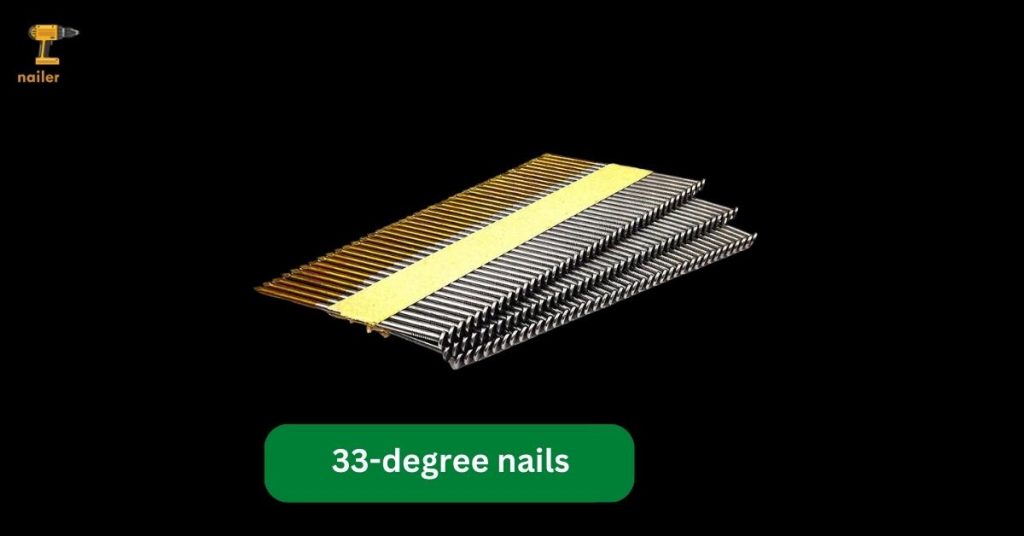
It is important to note that the availability of nail grades may vary depending on the region and your type of nailer. Always make sure the nails you use are compatible.
Does The Nailer Angle Make Any Impact?
Yes, the nailer angle makes a significant impact when using a framing nailer. The angle refers to the degree at which the nails are collated and held together in a nail strip or coil before being load into the nailer. The most common nailer degree for framing nailers are 21 and 30 degrees.
But there are also other angles like:
- 28 degrees,
- 34 degrees
- 15 degrees
- 16 degrees
- 33 degrees
Each with its specific applications.
Comparing different degrees for framing nailers
will help us determine the best framing nailer based on specific requirements. Let’s compare the various nailers:
21-Degree Framing Nailer
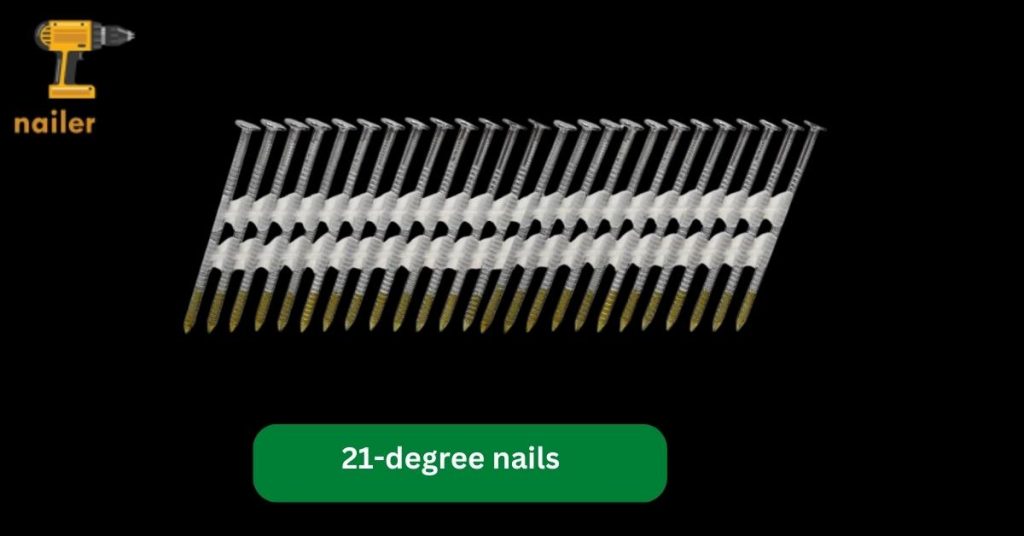
Advantages
- Because the full-round head nails are so strong, they can use for heavy-duty frame and roofing jobs.
- This creates robust connections, making it ideal for:
- Building Walls
- Framing Roofs
- Large Wooden Structures.
- 21-degree nails and nailers are available for various framing applications.
Considerations
Due to full-round head nails, the larger magazine can make the nailer bulkier and less maneuverable in tight spaces.
30-Degree Framing Nailer
Advantages
- It was more maneuverable in confined areas. This nail provides better access in tight corners due to a more compact magazine design.
- Suitable for framing and various other applications beyond heavy framing tasks.
- Offset round head nails are good for general frame jobs because they stick well.
Considerations
- Even though it may not hold as well as 21-degree nails, it still works for most frame needs.
28-Degree Framing Nailer
Advantages
- Nails with clipped heads result in a smaller and more efficient nail collation.
- It works well for framing tasks, but is less common than 21 and 30-degree nailers.
Considerations
- Finding compatible nails and nailers may be more challenging than other, widely used degrees.
34-Degree Framing Nailer
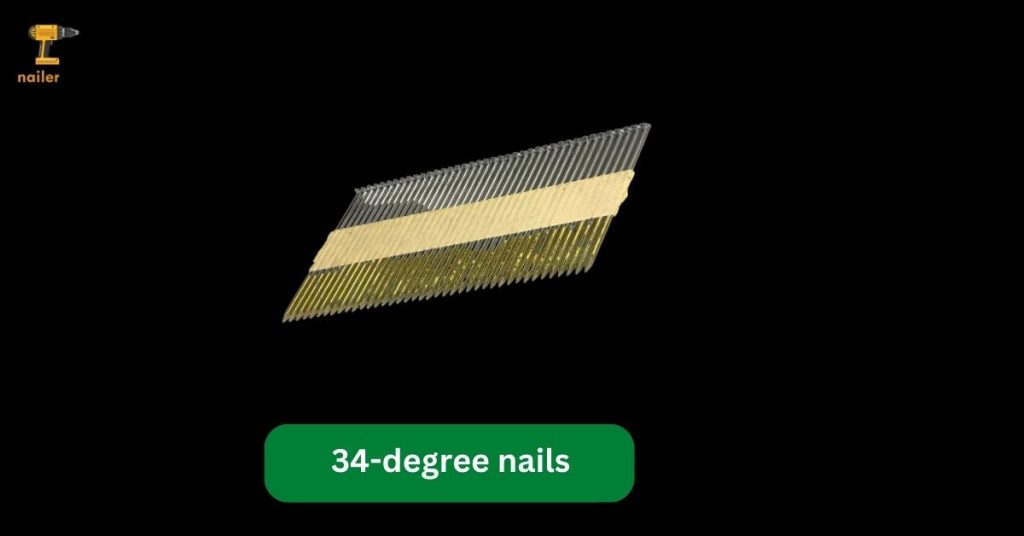
Advantages
- Ideal for interior and exterior finishing work, such as:
- Baseboards
- Crown molding
- Trim installation.
- Suitable for framing and finishing, offering more application options.
Considerations
- Primarily designed for finish work, there may be better choices for heavy framing tasks.
15-Degree Framing Nailer
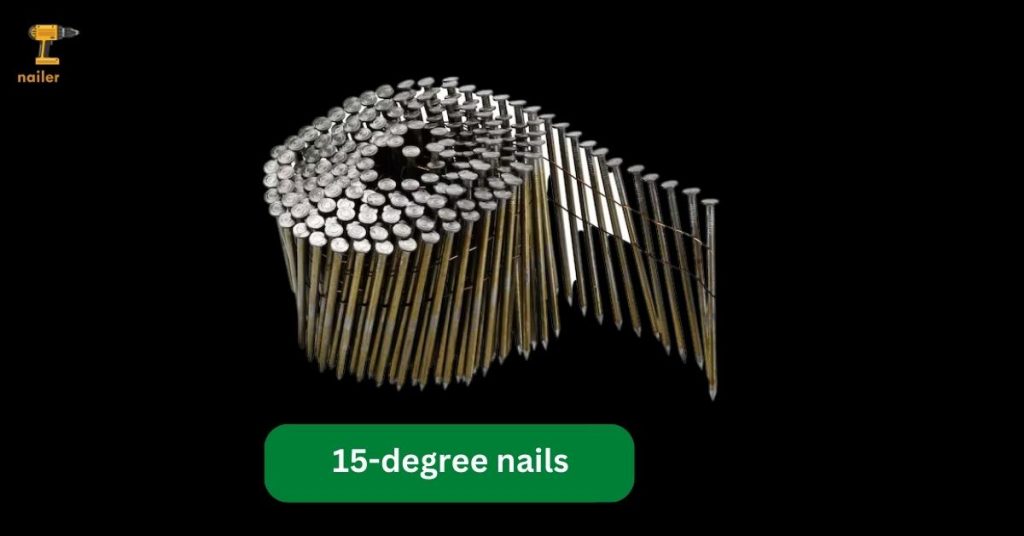
Advantages
- Designed for fastening siding materials and other exterior applications.
Considerations
- Limited to siding applications and less versatile for general framing tasks.
16-Degree Framing Nailer
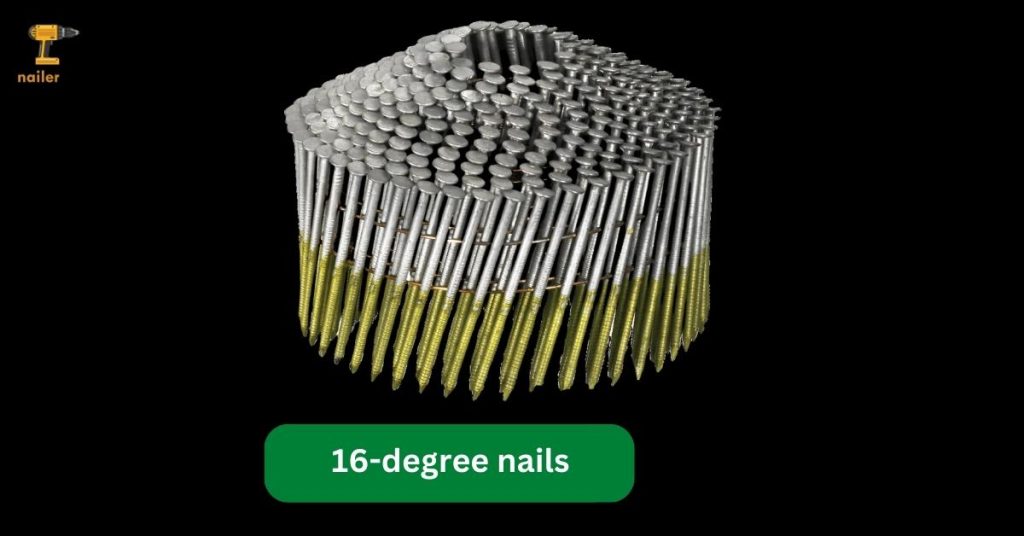
Advantages
- Similar to 28-degree nailers, it offers a more efficient nail collation.
Considerations
- It may be less widely use, and finding compatible nails and nailers is potentially challenging.
33-Degree Framing Nailer
Advantages
- Uses a paper tape collation for nails.
- Works well for framing, sheathing, and other construction applications.
Considerations
- Less commonly used, which might affect the availability of nails and nailers.
Which Is Best For Framing?
The most common nailer angles for framing nailers are 21 and 30 degrees. The choice between a 21-degree and a 30-degree framing nailer depends on the specific needs of your project.
Choose a 21-degree Framing Nailer if
- You mainly work on heavy-duty framing and sheathing projects.
- You require maximum holding capacity and robust connections.
- You are okay with a slightly bulkier nailer in exchange for the added strength.
Choose a 30-degree Framing Nailer if
- It would help if you had more excellent manoeuvrability and versatility in your framing nailer.
- You handle various framing and fastening applications beyond heavy framing.
- You prefer a more compact nailer design for easier handling in tight spaces.
Here is some additional information to choose best degree for framing nailer:
- For heavy-duty framing and maximum holding capacity:
21-Degree Framing Nailer is excellent.
- For more excellent manoeuvrability, versatility, and general framing:
30-Degree Framing Nailer is a solid choice.
- For specialised applications like finish work or siding:
34-Degree or 15-Degree Framing Nailer may be more suitable.
In the end, the best frame nailer relies on the needs of your projects and the nails and nailers available in your area.
Conclusion
In conclusion, the best degree for a frame nailer relies on the needs of the job. The 21-degree frame nailer is the way to go if you need one that works well in small areas and when you need to work up high. On the other hand, if you need to work faster and spend less time waiting around, the 30-degree frame nailer, with its larger gun size, is a better choice. It will be a better choice. Choosing the right degree for your frame nailer is the last step. It will ensure that the construction process runs more smoothly and promptly.

